Sankha Subhra Mukherjee
ProSelfLC: Progressive Self Label Correction Towards A Low-Temperature Entropy State
Jun 30, 2022


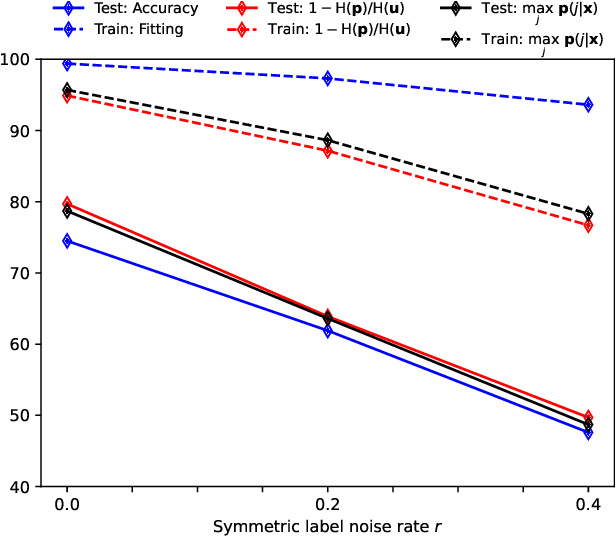
Abstract:To train robust deep neural networks (DNNs), we systematically study several target modification approaches, which include output regularisation, self and non-self label correction (LC). Three key issues are discovered: (1) Self LC is the most appealing as it exploits its own knowledge and requires no extra models. However, how to automatically decide the trust degree of a learner as training goes is not well answered in the literature. (2) Some methods penalise while the others reward low-entropy predictions, prompting us to ask which one is better. (3) Using the standard training setting, a trained network is of low confidence when severe noise exists, making it hard to leverage its high-entropy self knowledge. To resolve the issue (1), taking two well-accepted propositions--deep neural networks learn meaningful patterns before fitting noise and minimum entropy regularisation principle--we propose a novel end-to-end method named ProSelfLC, which is designed according to learning time and entropy. Specifically, given a data point, we progressively increase trust in its predicted label distribution versus its annotated one if a model has been trained for enough time and the prediction is of low entropy (high confidence). For the issue (2), according to ProSelfLC, we empirically prove that it is better to redefine a meaningful low-entropy status and optimise the learner toward it. This serves as a defence of entropy minimisation. To address the issue (3), we decrease the entropy of self knowledge using a low temperature before exploiting it to correct labels, so that the revised labels redefine a low-entropy target state. We demonstrate the effectiveness of ProSelfLC through extensive experiments in both clean and noisy settings, and on both image and protein datasets. Furthermore, our source code is available at https://github.com/XinshaoAmosWang/ProSelfLC-AT.
IEGAN: Multi-purpose Perceptual Quality Image Enhancement Using Generative Adversarial Network
Nov 22, 2018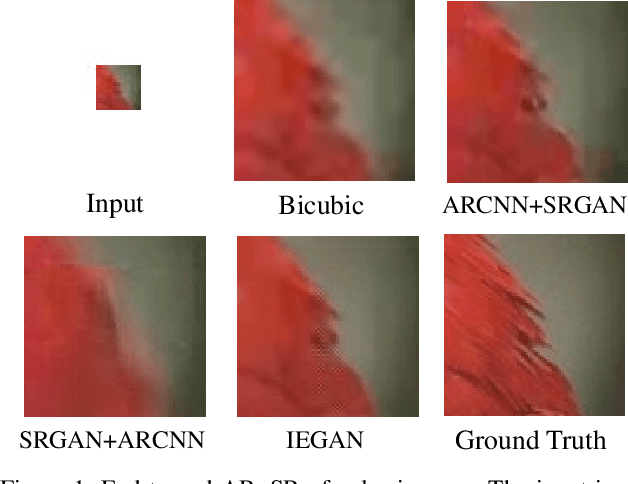
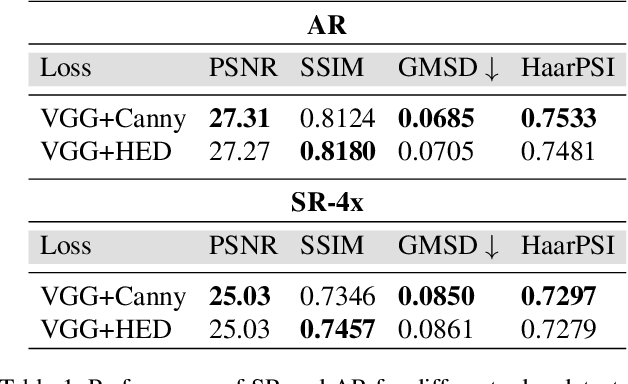
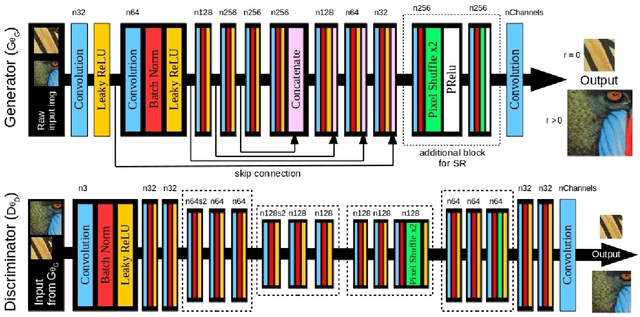
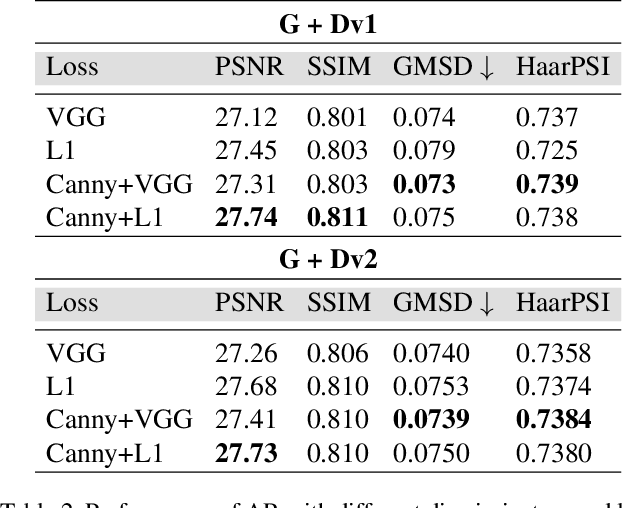
Abstract:Despite the breakthroughs in quality of image enhancement, an end-to-end solution for simultaneous recovery of the finer texture details and sharpness for degraded images with low resolution is still unsolved. Some existing approaches focus on minimizing the pixel-wise reconstruction error which results in a high peak signal-to-noise ratio. The enhanced images fail to provide high-frequency details and are perceptually unsatisfying, i.e., they fail to match the quality expected in a photo-realistic image. In this paper, we present Image Enhancement Generative Adversarial Network (IEGAN), a versatile framework capable of inferring photo-realistic natural images for both artifact removal and super-resolution simultaneously. Moreover, we propose a new loss function consisting of a combination of reconstruction loss, feature loss and an edge loss counterpart. The feature loss helps to push the output image to the natural image manifold and the edge loss preserves the sharpness of the output image. The reconstruction loss provides low-level semantic information to the generator regarding the quality of the generated images compared to the original. Our approach has been experimentally proven to recover photo-realistic textures from heavily compressed low-resolution images on public benchmarks and our proposed high-resolution World100 dataset.
 Add to Chrome
Add to Chrome Add to Firefox
Add to Firefox Add to Edge
Add to Edge